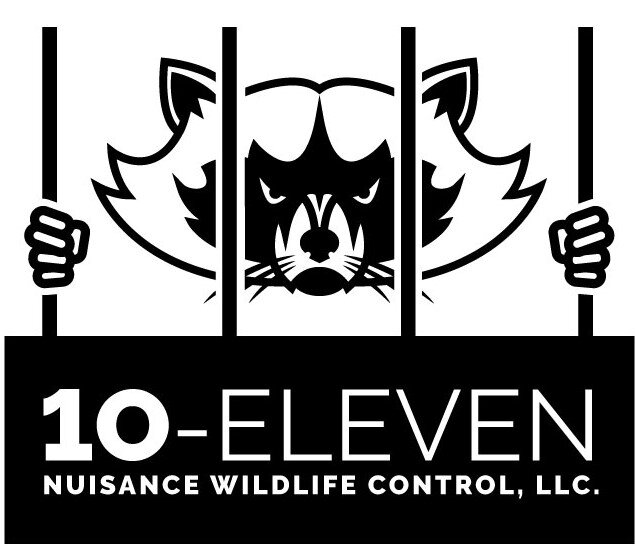
SKUNKS
About Skunks
Skunks are small to medium-sized mammals known for their distinctive black and white coloration and notorious ability to spray a foul-smelling liquid as a defense mechanism. They are primarily nocturnal. Skunks are found throughout North America, and their habitats range from forests to grasslands and urban areas.
An adult skunk typically weighs between 4 to 10 pounds, with the striped skunk being one of the most common species. They have a keen sense of smell and hearing, which they rely on to find food and detect predators. Skunks are omnivorous and have a varied diet that includes insects, fruits, small rodents, and even carrion.
During the mating season, which usually occurs in late winter to early spring, skunks are known to be more visible as they search for mates. After a gestation period of about two months, females typically give birth to a litter of 3 to 10 young, which stay with the mother until late summer.
Why are Skunks a Nuisance Animal?
Skunks’ pungent spray serves as a potent defense mechanism against predators, making them a significant concern for homeowners and pets. The odor is difficult to eliminate, often requiring extensive cleaning and deodorizing efforts after a skunk spray incident.
Skunks are known to rummage through garbage and compost bins in search of food, leading to messes and potential property damage. This scavenging behavior can attract other wildlife and create an imbalance in local ecosystems. Skunks may also dig holes in yards and gardens while searching for insects and small rodents, causing further degradation of landscaping.
Skunks can also be carriers of diseases such as rabies and leptospirosis. Their presence around residential areas may raise concerns about the health and safety of pets and family members. Addressing skunk-related issues promptly is essential to minimize their impact and maintain a safe living environment.
How can 10-Eleven Nuisance Wildlife Control solve my Skunk problem?
We use various methods to manage skunk populations and reduce conflicts with people.
Assessment and Inspection
We’ll inspect the property to find signs of skunk activity, like burrows or tracks, to understand the problem and identify entry points.Exclusion Techniques
Preventing skunks from entering is essential. We may recommend sealing gaps in structures and securing garbage bins to keep skunks away.Trapping
If skunks are already present, we can set humane traps in areas where they are often seen. The skunks are removed in accordance with local wildlife laws.Monitoring and Education
Ongoing monitoring helps prevent skunk returns. We can provide you with more information about skunk behavior and prevention to foster long-term solutions.Emergency Response
In urgent situations, like aggressive skunks or those trapped in tight spaces, we may take emergency measures to safely remove them.
Got Skunks?
Contact 10-Eleven Nuisance Wildlife today!








